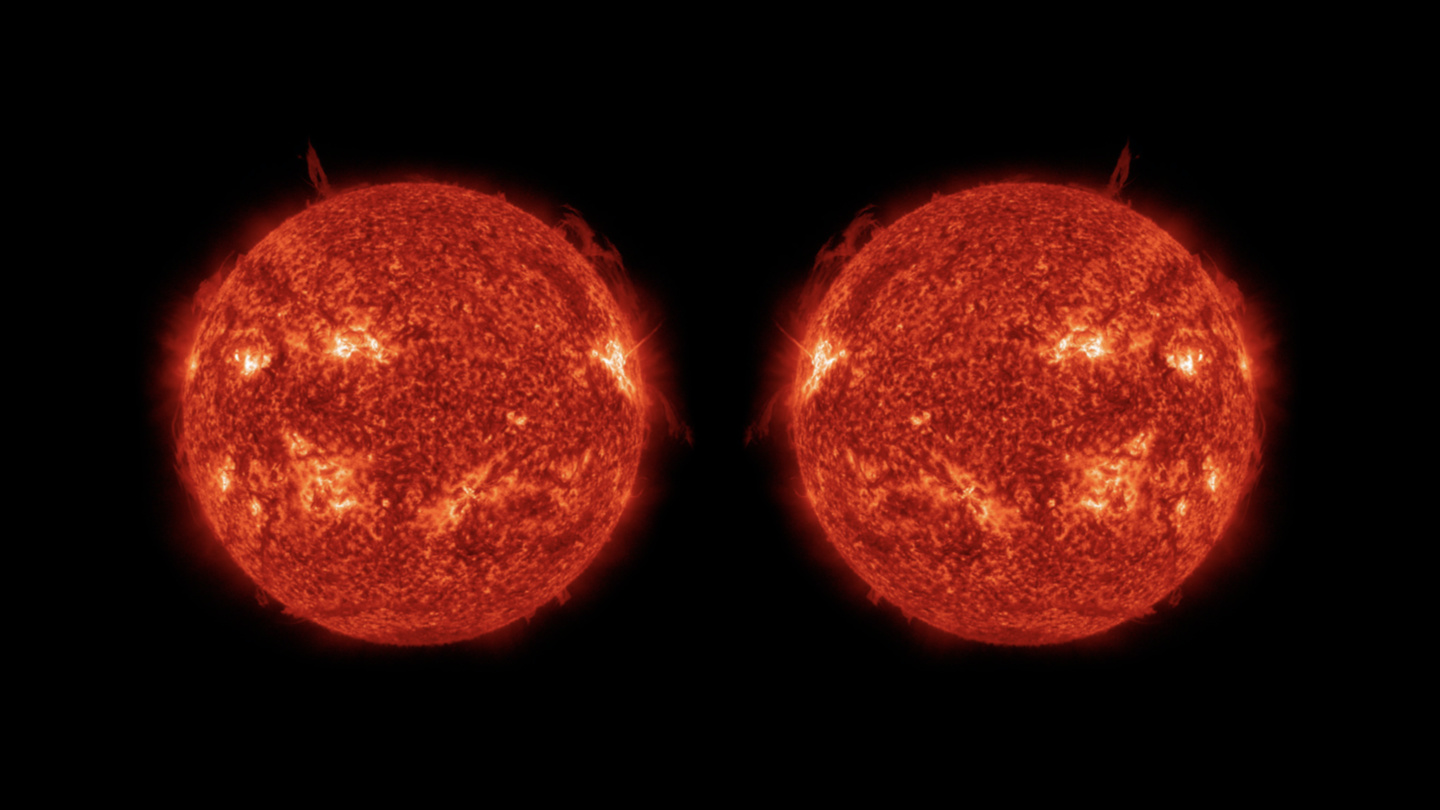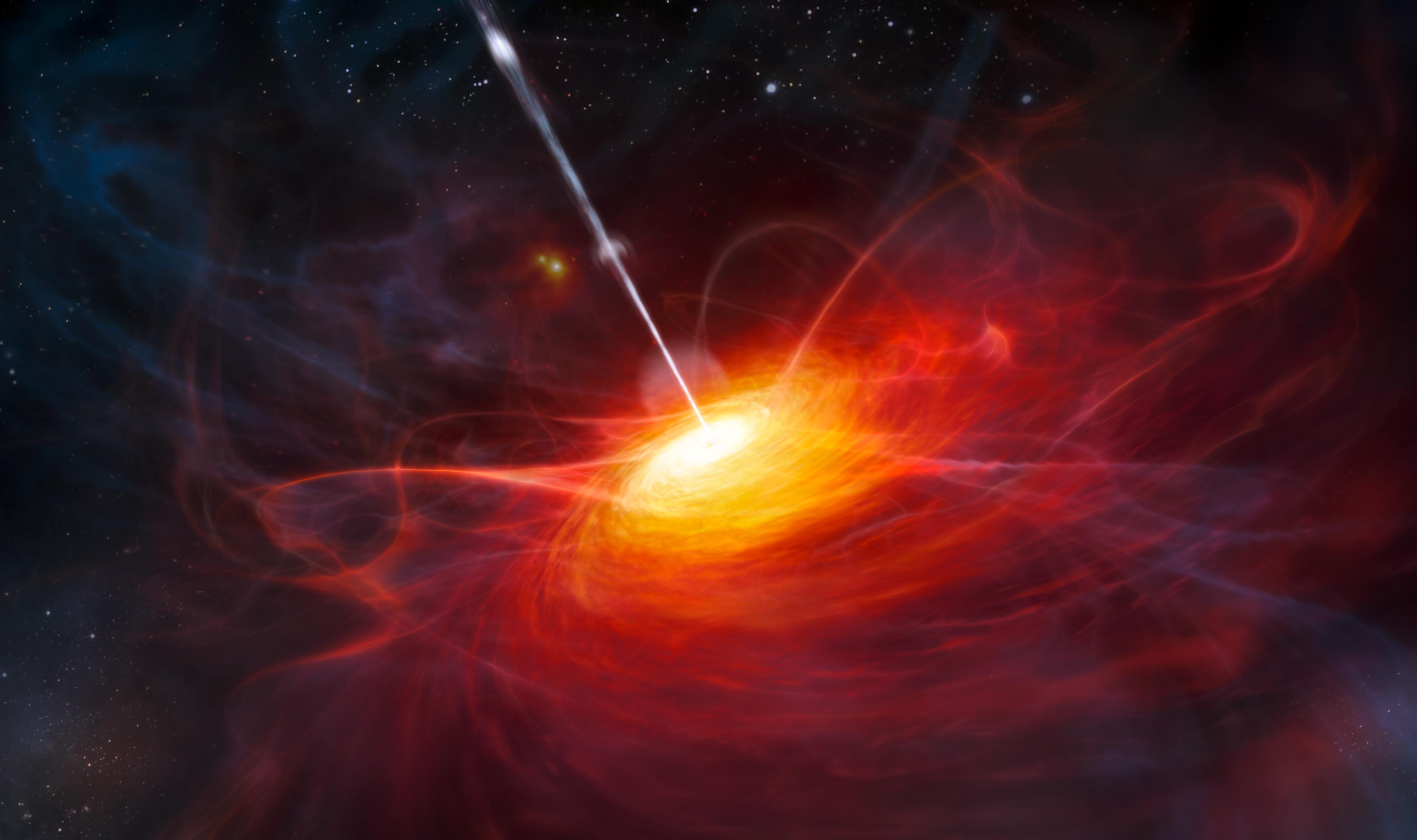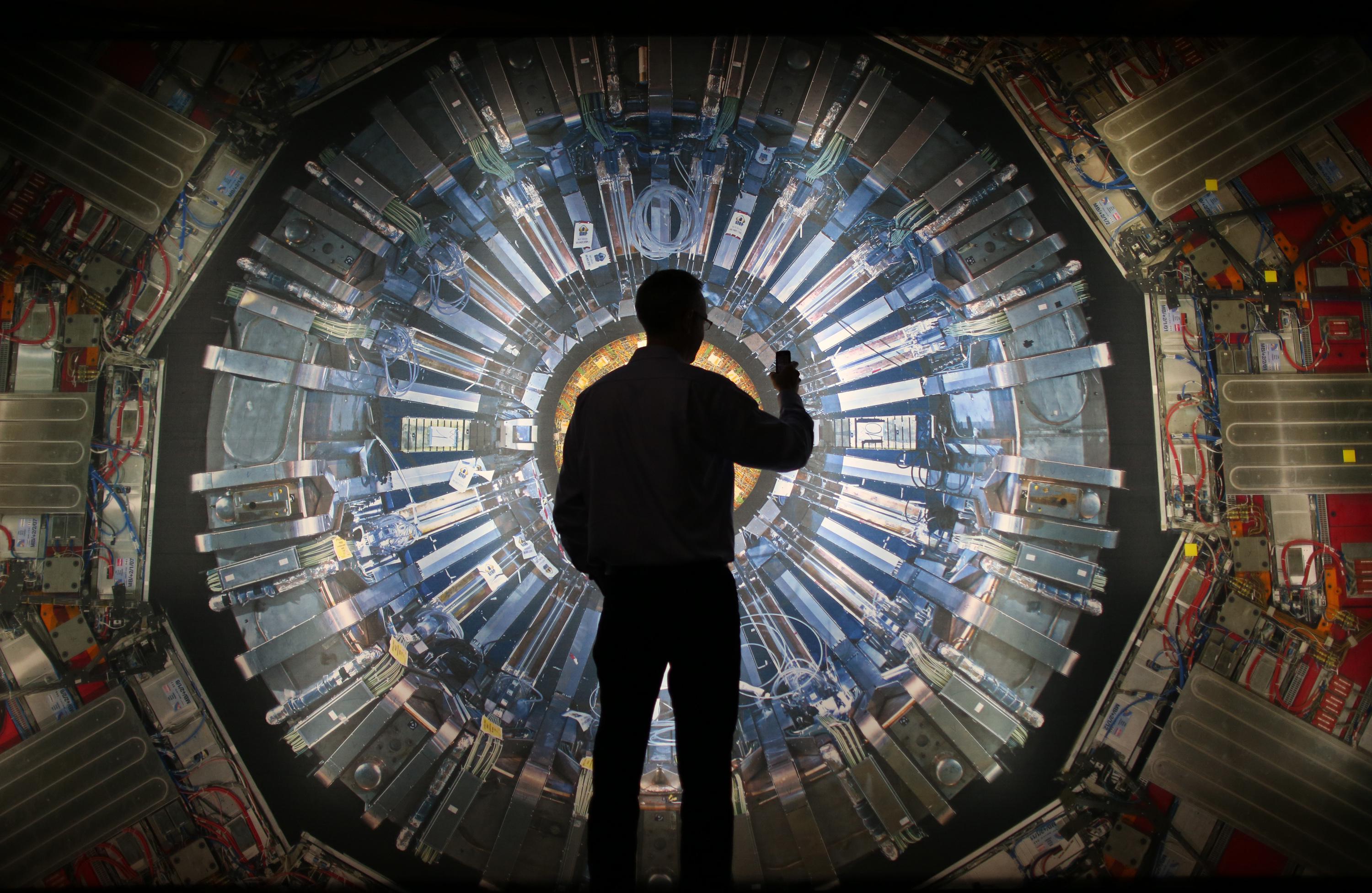How a scientific consensus developed over beautiful nebulae
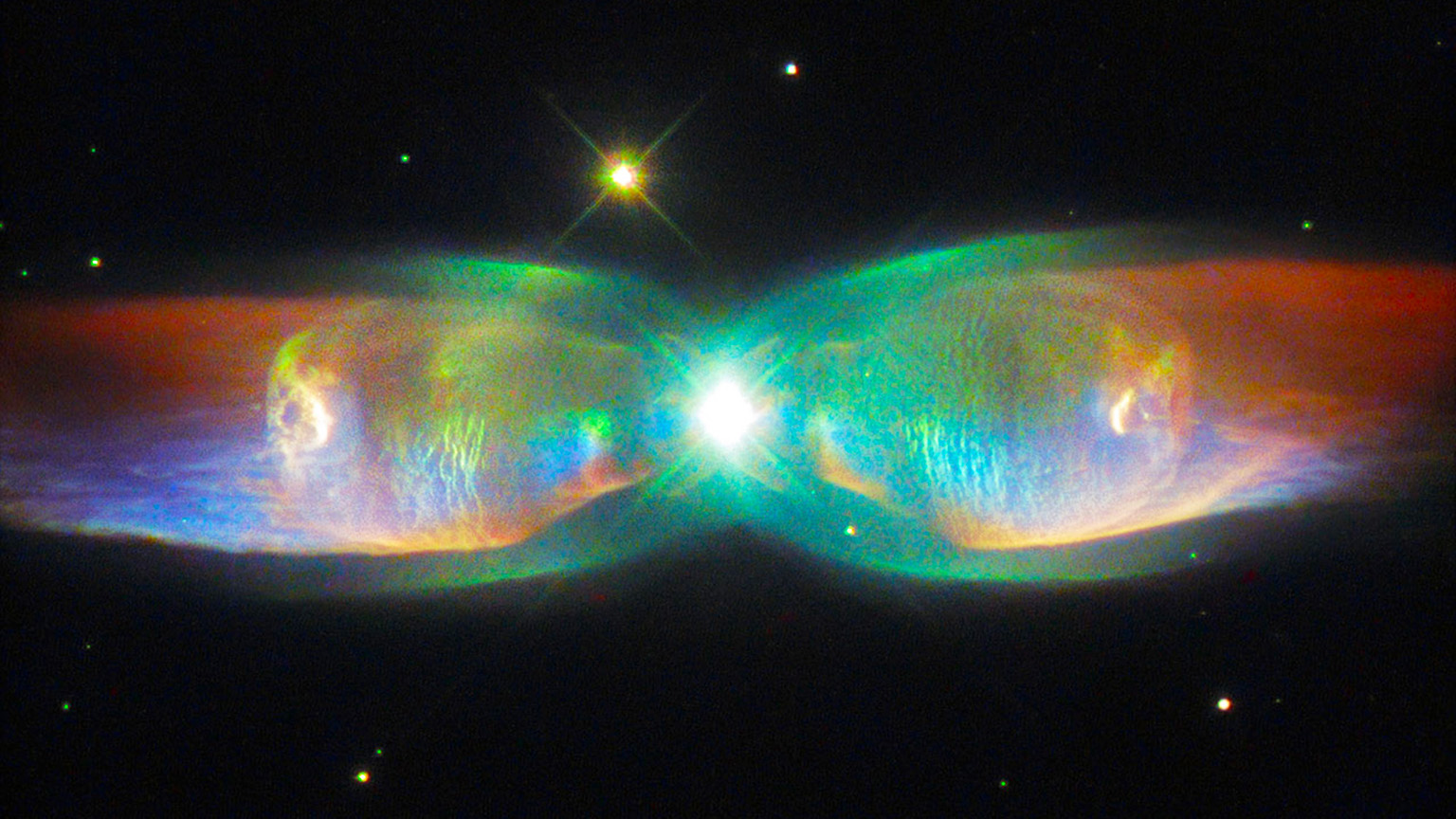
- Scientists are always part of a community, and it is as a community that decisions are made about what is known and what is unknown.
- At a recent conference that I attended, the community reached a consensus about jets being driven by merging binary stars.
- Watching a scientific consensus emerge is really a thing of great beauty.
Everybody knows about the scientific method, the continuous loop of hypotheses and experimentation that is supposed to describe how scientists know things about the world. That method is really an idealization of a much more nuanced and complicated process. But even if it were fully correct, the standard idea of a scientific method misses an essential reality about how science works: scientists travel in packs. This means scientists are always part of a community, and it is as a community that decisions are made about what is known, what is unknown, and what needs to be known. I saw this process of building a scientific consensus at work first-hand last week when I attended a conference on, literally, the beautiful death of stars.
Beautiful nebulae
The conference was called “Asymmetrical Post-Main-Sequence Nebulae 8” (APN8). The meeting was the eighth in a series of conferences held every two or three years since 1996. The “Post-Main Sequence” in the title means that the meetings focus on stars as they enter their penultimate evolutionary stages. “Nebula” means “cloud” in Greek, and at the end of their lives, stars blow off their outer layers and, in the process, create stunning nebulae. These “circumstellar” clouds of glowing gas represent some of the most beautiful objects in the universe, routinely appearing in those astronomical gift calendars that get passed around each year. Many of these nebulae also show remarkable aspherical (not spherical) structure: like butterfly shaped lobes expanding at 100 km/s, narrow beams of hypersonic plasma slotted into larger “bipolar” cavities.
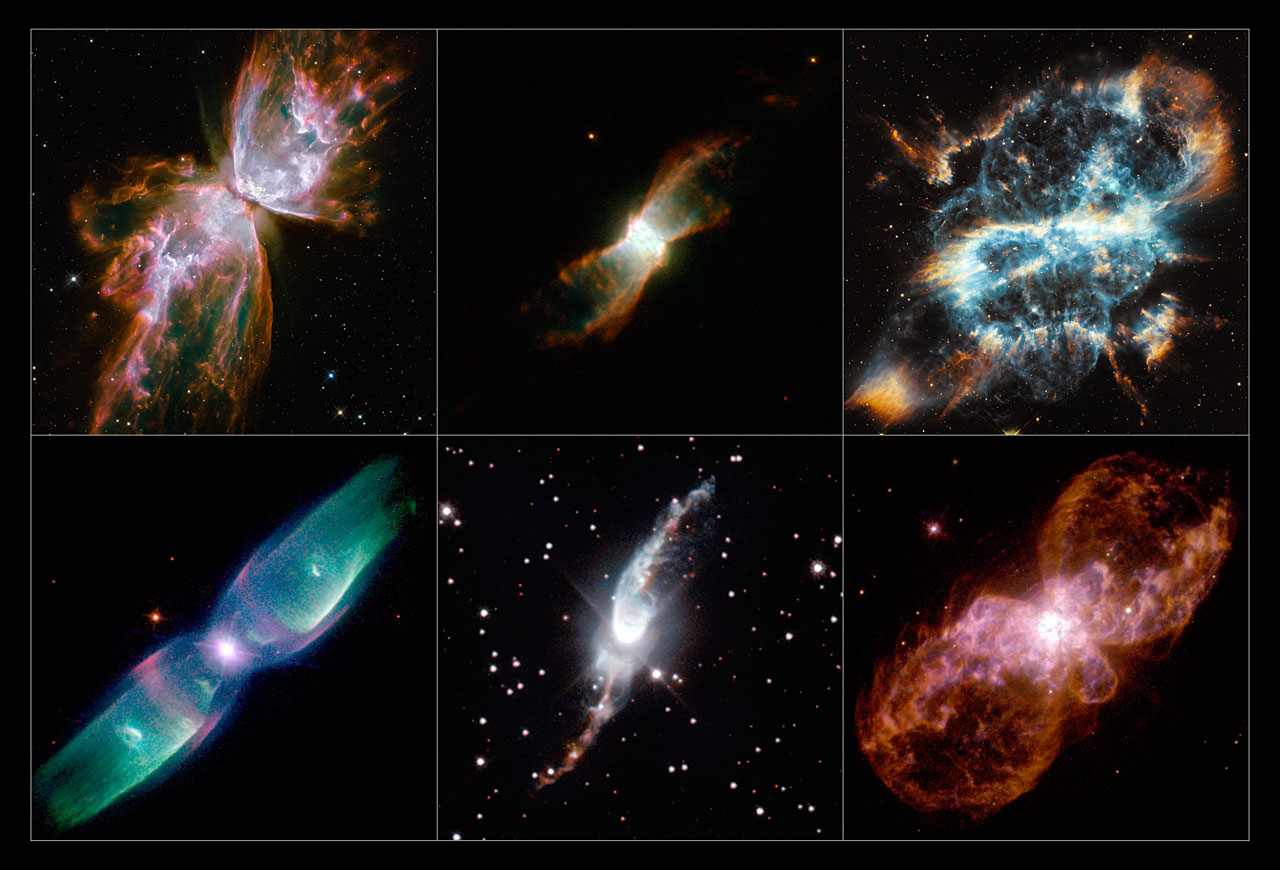
We were presented with a virtual zoo of shapes, and our job at the conference was to understand the physics behind the shaping. We attendees reported on our new studies, after which everyone argued over the veracity of the presented results as well as their possible interpretations. While the proceedings are polite, and many of us have known each other and have been friends for years, the whole process is not for the faint-hearted or the unprepared. If you have a point to make or a position to defend, be ready to stand your ground with closely reasoned arguments.
This year, one of the big points being argued over was the role of jets in shaping our nebulae. To be specific, we were interested in fast, collimated beams of gas (i.e., jets) driven by merging binary stars. For many years, the community has come to believe that most of our nebulae are the product of close binary star evolution, meaning two stars that orbit each other so closely that they gravitationally exchange matter. In the most extreme version of close binary star interactions, the smaller star will be pulled into the body of the larger star in a process called common envelope evolution (CEE). CEE is a remarkable and remarkably violent event that should blow the envelope into space on timescales of a few months. It is also the way most of the binary black holes and binary neutron stars powering gravitational wave events are formed.
Over the past decade, several research groups (ours included) have suggested that powerful jets driven off the smaller star as it plunges into the envelope of its larger companion could play a pivotal roll in the CEE outcome. Papers were written about when and how the jets can form, how they might stall the in-fall of the smaller star into the envelope, and how the jet might even be the agent blowing the bulk of the envelope into space. Lots of papers had been written taking lots of different positions and offering lots of different arguments as to why jets were (or were not) important. And what made our APN8 meeting important was that we were finally getting a chance — as community — to decide what was going on.
How a scientific consensus develops
Now it’s at this point you might want to object. “What do you mean the community will decide? I thought scientific truth was simply and solely a matter of comparing hypotheses and experiments. There isn’t supposed to be a community doing any deciding!” But there is and there always has been to some degree. That is because science is a process done by humans, and humans are always part of communities.
We often get an image of scientists being lone geniuses struggling in solitude at the altar of great truth and having to suffer the indignities of their ignorant and scornful colleagues. Sometimes, that is the case, and that is when you get a great, biopic worthy story. But the day-to-day truth of most science is far less dramatic. It usually involves complicated issues that don’t cleanly separate into clear polarities of one overarching theory versus another. Instead, like the question of jets with CEE, there are many smaller issues that a community is trying to fit together in the service of building a larger narrative about their subject.
After a week of listening to each other present results, it was clear that we had made a kind of decision. Several of us had results showing that jets driven by the smaller star always got smothered as that star dove deep in the envelope of its companion. Unless the jets were much stronger than we estimated, they simply were not going to have much impact. This was actually a bummer for a lot of us because jets are kind of cool, and we wanted to see them play a bigger role. But as the meeting progressed, the weight of evidence leaned far enough in one direction that a consensus emerged in the community.
Jets probably don’t matter much.
Is this consensus iron-clad? Is it written in stone? Is it written anywhere? The answer to all these questions is no. It’s not iron-clad because somebody may decide to write another paper on the subject, and maybe they will find something new. But that new paper also will have to explain the results showing that jets don’t matter. Again, a consensus is neither written in stone nor (usually) physically written anywhere. Instead, the consensus is just a sense that you get from the literature and conferences. You can see and feel the community moving to a conclusion, and then moving on to the next issue. But if the question is important enough, you may see the consensus become established via a written report (like when the IPCC issues a report on climate science).
Scientific consensus is a thing of beauty
Watching a consensus emerge in a meeting like the one I just attended is really a thing of great beauty. It is watching the process of science at work in real-time. It is a process in which all our individual biases and blind spots get transcended as we come together and examine the world together. The world is allowed to have its say and we listen… together. That is the way science works — and it is why science works.

